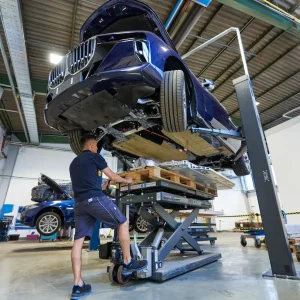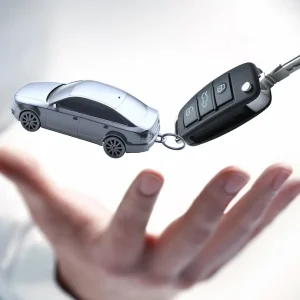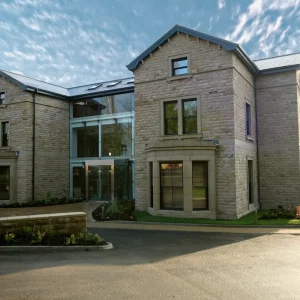As we move to an EV future, Toyota has reaffirmed its commitment to continue to offer all powertrains as well as its commitment to the C-SUV class, with an onslaught of new models – two of which are revealed in prototype form today.
These two reveals, part of six that will be launched before 2026, start with an expansion of the bZ electric family, in the form of the bZ Compact SUV Concept and a replacement for the unusual C-HR – with the Toyota C-HR prologue concept.
Both have been designed in Europe by Toyota European Design and Development (ED2) in France. Outside, the four-door design shows a new “clean-vital” design approach that combines minimalism with a futuristic vitality. This means wheels pushed out to the corners to create a powerful stance, plus short overhangs, and swept-back angles which Toyota says, ‘is to express its advanced technology content’.
If the edgy exterior of the bZ Compact SUV Concept doesn’t stand out enough, the interior is sure to catch your attention. It will no doubt be toned down for production, but we marvelled at the simplicity of the design, with the dash highlight of the Tesla-like infotainment screen being the stand-out feature. It works via an in-car personal assistant, which connects the driver and passengers with the vehicle through audio and lighting cues that move around the cabin and responds to requests or commands.
Elsewhere, there are several eco-friendly touches, such as seating made from plant-based and recycled materials, following the Beyond Zero theme.
The bZ Compact SUV Concept’s smaller, hybrid-powered sister car is a second-generation version of the Toyota C-HR, in a version referred to as the prologue concept.
Toyota are the first to admit that this is their initial vision of the new C-HR, but it’s much more than just a concept and clearly demonstrates that the new car will be an evolution of the current model’s unusual and attractive sense of style. For starters, there is the same curvy roofline, short overhangs and large wheels pushed to the corners.
Going back to the prologue concept’s roof, on top of the distinctive roof spoiler, Toyota has developed the current car’s duo-tone look, by adding another colour – sulphur – to the roof, calling it a tri-tone finish.
Elsewhere, this C-HR’s neat metal detailing down the side shows us, Toyota says, subtle changes from sharp to fluid. It is certainly a clean and sharp update of the seven-year-old original.
At the front, the C-HR prologue concept also demonstrates Toyota’s new “hammerhead” face, which is created here by interlocking shapes and the strong lighting signature. Toyota has acknowledged with the move to electrification (although the C-HR will continue to be offered with ICE hybrid power), the need for grille apertures is reduced and the lights mean they can be slimmed down to accentuate the new technology. The interlocking theme carries on down the sides, adding the design presence of this car.
However, whilst the sportiness has been turned up to 10, Toyota was keen to tell us that the C-HR prologue will actually boast a more spacious and practical interior.
More information on these models will follow on Business Car as soon as we have it.





